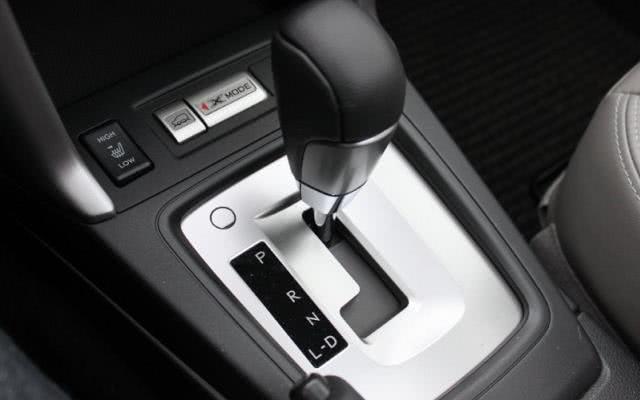

No longer tagged as vehicles for only elderly motorists or someone incapable of driving a manual, automatics now becomes more and more popular among car users.
Automatics are markedly easier to drive and sometimes perform better fuel economy and lighter maintenance costs as well.
There’s one thing the first-time driver of an automatic car will find awkward is the disappearance of the clutch pedal and some options offered by the shifter though you still can handle the steering wheel with no hard work.
Before you start
In most automatic cars, there are 4 modes for the gearboxes: D- Drive, N- Neutral, R- Reverse, and P- Parking.
- Drive: The gears are selected automatically and work to drive the car forwards.
- Neutral: It is similar to knocking a manual gearbox out of gear. Neutral mode is not advised when your car is moving (often referred to as coasting). You can use it along with the handbrake if you want to stop for a short time though.
- Reverse: The name says it all, you are recommended to use this mode when getting your car backwards.
- Park: recommended to be on as you stop and get out of the vehicle. With P on, the transmission is locked, which prevents the wheels from rolling (this mode should be selected along with applying the handbrake).

In most automatic cars, there are 4 modes for the gearboxes
In several automatic gearboxes, the first gear or second gear can be selected. This option helps the motorist to keep the speed down in some situations (down a steep hill for example).
The option also works to keep down the revs and prevent the wheels from spinning as pulling away.
As when your car experiences highly slippery roads, you are recommended to take the second gear so that your wheel won’t slipping.
There are also other automatics which allow you select gears manually via two ways: one is using the selector and another is using the paddles behind the steering wheel. By this, the driver gets more control.
How to drive an automatic in simple steps

If you lift your foot off the brake, this will make the automatic cars creep forwards
The automatic gearboxes are invented to give motorists easier driving experience though it might bring perplexity when you start and stop your engine.
- As you step into an automatic car, it should be left in P from the previous drive.
- Press your right foot down on the brake pedal, start the engine by pressing the start button or by the key.
- With your foot still stepping on the brake, station the shifter to D to move forward, or R to reverse. If you lift your foot off the brake, this will make the automatic cars creep forwards (this helps in low-speed traffic or parking).
- It may call for more gas when the vehicle’s running on a hill or desire to move off more rapidly.
- Once on the move, the gearbox automatically selects the proper gear and does it all for you.
- After finishing your journey and your car’s stopped, keep your right foot on the brake pedal, shift to P, turn off the ignition, then get out of your car.
How to Drive an Automatic Car! (The Secret You Need to Know!)
